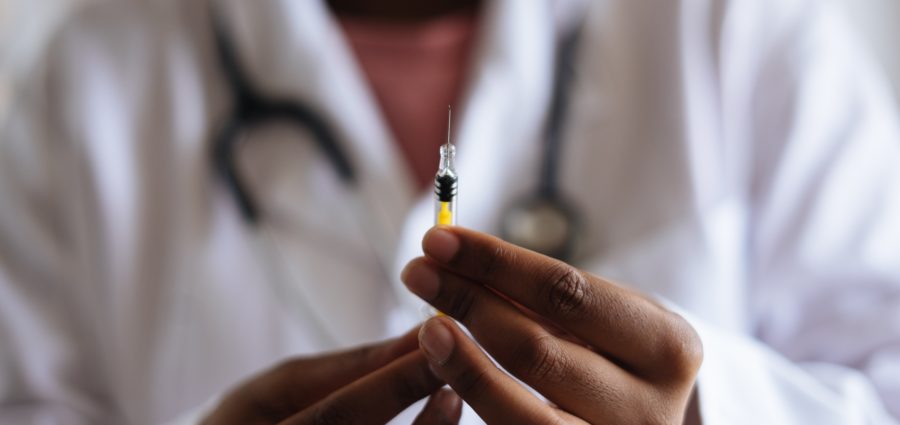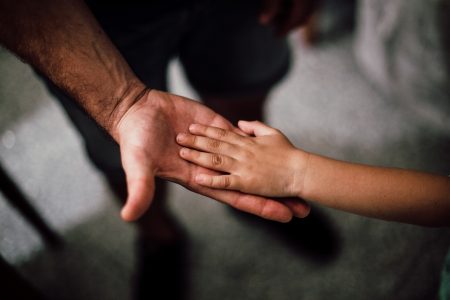As he negotiates the multi-billion dollar bipartisan deal to fund the federal response to the Novel Coronavirus, U.S. Senator Charles Schumer announced a new push to make the now-in-the-works coronavirus vaccination fully covered by Medicare so seniors who want it and need it the most do not have to choose between shelling out and going without. Schumer explained that immunization coverage varies by vaccine under current Medicare rules as he detailed plans to add a special provision into the coronavirus funding deal that ensures those most susceptible—seniors—can get the vaccine for free. Schumer said this effort can—and should—garner bipartisan support as he explained his plan and detailed how he will work to add it to the final deal.
“The Novel Coronavirus shows us how critical is to make vaccines available to the most susceptible groups, and in the case of the coronavirus, that appears to be seniors,” said U.S. Senator Charles Schumer. “As the race for a safe, effective and affordable vaccine nears the finish line, it is crucial to put the plans in place that guarantee seniors will be able to get it and afford it. My plan to have Medicare fully cover the cost of the vaccine will mean no senior will be forced to make the choice between shelling out and going without.”
Schumer explained how under current Medicare law, immunization coverage varies by vaccine. Some vaccines, like the flu shot, are covered by Medicare without copays—but others are not. For example, seniors need to pay out-of-pocket for some vaccines when people under 65 get those same vaccines for free. Schumer wants the looming coronavirus supplemental deal to guarantee Medicare’s coverage. He says that this guarantee will save lives of the larger public, too, not just seniors.
“Look, all vaccines should be fully covered by Medicare because they save the overall health system money, but in the meantime, it is not only worth a shot, but it is imperative that as part of the ongoing negotiations, we agree that the novel coronavirus funding deal includes the vaccine coverage it demands to support overall public health,” Schumer added.
Late last week, Schumer detailed other efforts related to the emergency funding package he will be pushing in the looming deal, including:
1. $1.5B for the Centers for Disease Control and Prevention—Including for the Infectious Disease Rapid Response Reserve Fund and Global Health Security
a. CDC is at the front lines of America’s domestic and international response to the coronavirus. This funding is needed to strengthen critical support to state and local health departments, bolster laboratory work, and more. Other activities, like the evacuation of American citizens from China, deployment of CDC staff to states and ports of entry, and the purchase of protective and laboratory equipment and supplies, have been supported by the IDRRRF, depleting this fund.
2. $3 billion for the Public Health and Social Services Emergency Fund
a. The Public Health and Social Services Emergency Fund helps drive our nation’s medical and public health preparedness for, response to, and recovery from disasters and public health emergencies. These funds would ensure our Department of Health and Human Services have the resources needed to do the job and help contain the spread of this new virus.
3. $2 billion set-aside for State and Local Reimbursement
a. State and local health departments are on the front lines of the coronavirus outbreak. Many cities, like New York, have already spent millions on personnel, lab equipment, and supplies. Additional expenditures are expected to include supplies for hospital triage and isolation spaces, as well as lab testing. Additionally, there’s significant need for staff and other resources to support the public health and healthcare response, including implementing the federal quarantine order. These activities require around-the-clock staffing, temporary housing, transportation, cleaning contracts, and wrap-around services.
4. $1B for the USAID Emerging Health Threats—Emergency Reserve Fund
a. The global health community is actively fighting the dual threats of Ebola and coronavirus in the midst of a potentially severe influenza season. This global response is a resource intensive effort. The international effort, led by the United States, is severely underfunded. The Emergency Reserve Fund allows USAID to respond to emerging health threats that pose severe risks to human health.
5. $1B for the National Institutes of Health—Vaccine Development
a. For the preclinical and clinical development and testing of vaccines and other medical countermeasures for the coronavirus.
According to reports, as of February 27th, there are 82,400 cases of the coronavirus around the world, and 2,804 people have died—all but 60 of those deaths occurred in mainland China. The following is a specific breakdown of cases and deaths: China has 78,497 cases and 2,744 deaths; South Korea has 1,766 cases and 13 deaths; Japan has 894 cases and 3 deaths, Italy has 453 cases and 12 deaths, Iran has 245 cases and 26 deaths, Hong Kong has 92 cases and 2 deaths, Taiwan has 32 cases and 1 death, France has 18 cases and 2 deaths, and the Philippines has 3 cases and 1 death. The United States has 60 cases and 1 death.
The following is a breakdown of countries that have confirmed cases, but no deaths: Singapore (93), Thailand (40), Bahrain (33), Germany (27), Kuwait (26), Australia (23) Malaysia (22) Vietnam (16) Britain (15), Spain (13), United Arab Emirates (13), Canada (11), Macau (10) Iraq (6), Switzerland (4), Oman (4), Croatia (3), India (3), Austria (2), Finland (2), Israel (2), Russia (2), Sweden (2), Lebanon (2), Pakistan (2). The following countries have only 1 confirmed case: Belgium, Brazil, Cambodia, Nepal, Sri Lanka, Egypt, Afghanistan, Algeria, Greece, Georgia, Norway, North Macedonia, Romania, Denmark, and Estonia.







